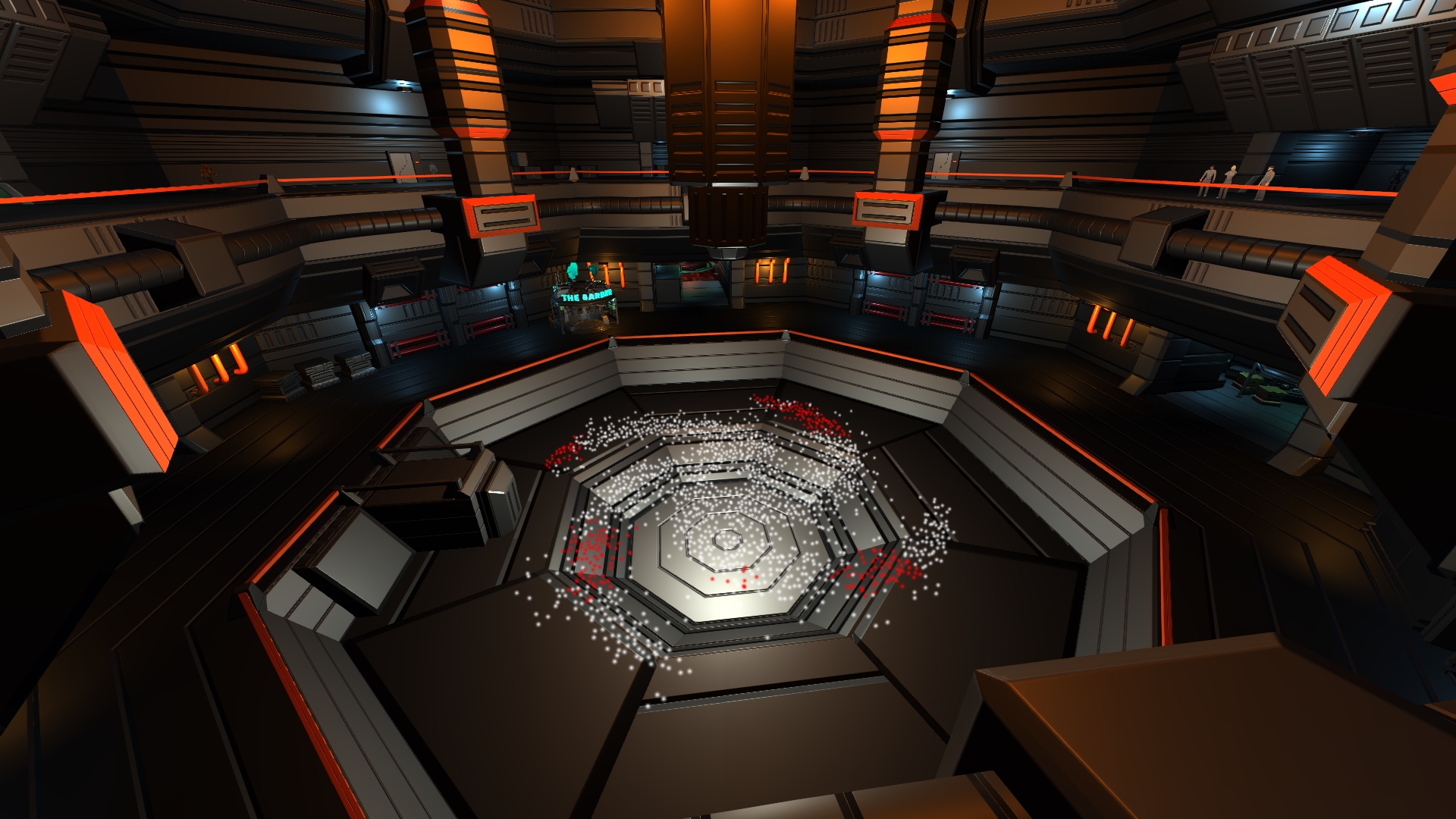
Only one ship may be the target of a sensor lock, and starting a new lock will cancel a previous one. When the Scientist finds a ship, they may hold the right mouse button to perform a sensor lock, which will grant an additional bonus signal strength to the locked-on ship. The direction the sensor dish is facing will have a stronger sensor strength than the areas it is not facing. The Scientist can then look around for ships. This will give the Scientist an exterior view of every angle the ship can see. The Scientist can press R near the sensor screen to use the sensor dish. More information on sensor locks and probes can be found under “Sensor Dish” below.Įach ship comes equipped with a sensor dish that the Scientist can use to not only locate ships that are difficult to find, but also aid directly in ship-to-ship combat. To temporarily raise a targeted ship’s detection level, the Scientist may fire a probe (which acts similarly to the ship flying past it) or run a targeted scan of the sector. To raise the level of detection on a ship, the Pilot may fly closer to the ship or the Scientist may perform a sensor lock. The forth and strongest sensor level allows you to exploit the ship’s weaknesses via the sensors. The third level allows you to view their ship components. The second level allows you to see their reactor power allocations. The first level is simply noticing another ship’s existence and location. The better you can detect another ship, the more data you will have about the ship and potentially ways to weaken it. The sensor screen features multiple levels of detection for each ship it can detect in the sector. This suggests the vessel is attempting to avoid attacks and repair its shields quickly.
#PULSAR LOST COLONY SHIP COMPONENTS FULL#
For example, an enemy may suddenly put full power into shields and engineering while removing almost all power from weapons. This provides insight into the priorities of the specific vessel. Players can also see the detected object’s power allocation to each of its four reactor conduits.

This window also displays the EM signature of the vessel, as well as its distance from the sensors.

This can include hostility, whether or not it has detected you, unique weapons it has equipped, or if it matches an entry in the GX database. The Scientist can click on any entries on the sensor screen to bring up more information about a specific detected object. Discovering a far away object using an active scan will alert you to its presence, but it will soon become “out of range” and disappear after a while. Initiating an active scan will massively increase the range of your ship’s sensors and will allow you to discover objects from a greater distance. When an object leaves the range of the tactical sensors, it will become “out of range” and disappear from the sensor screen after a short time.Īctive Scans are specific actions that temporarily disable tactical sensors. When objects are within those ranges, they automatically appear under “Detected Objects”. They have specific ranges based on how much power is being allocated to the science system from the reactor screen. Tactical sensors are always passively running.


 0 kommentar(er)
0 kommentar(er)
